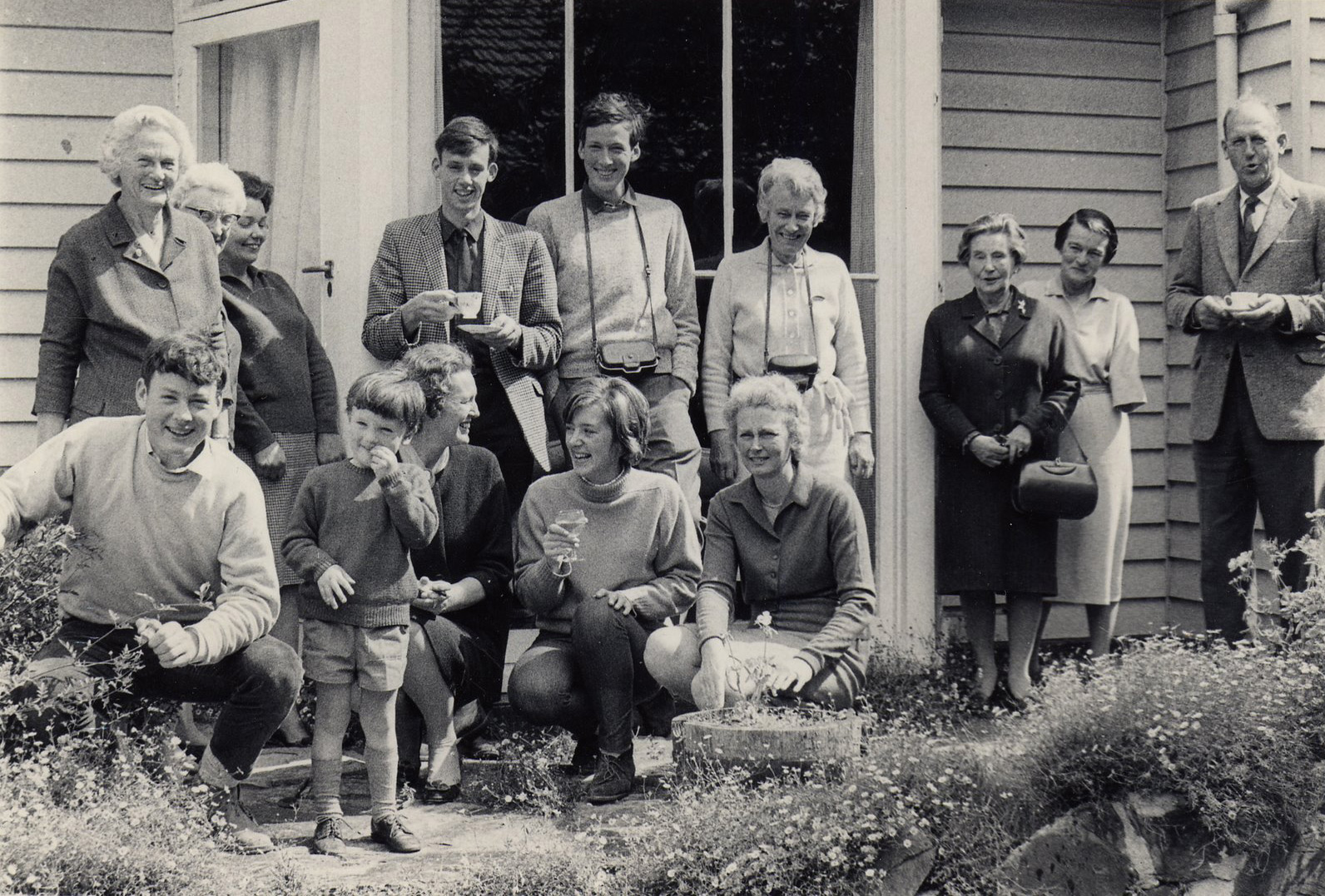At a meeting by teleconference of the National Portrait Gallery Foundation last week, I found myself reporting that our forthcoming exhibition So Fine is going to be “a humdinger,” whereupon Tim Fairfax chuckled and said that he hadn’t heard that expression for years.
Afterwards, I wondered where on earth I ever picked up humdinger. Upon much reflection over the weekend, I’m pretty sure I got it from Mum, whose vocabulary was rich in unusual East Gippsland phrases. So I did some digging.
I had thought that humdinger might turn out to be a rather quaint Edwardian Australianism, but it’s not in the Australian National Dictionary. Dinger certainly is there (vol. 1, p. 496): (Chiefly South Australian), a slingshot or the equivalent of a shanghai, together with the following charming citation (from the Australian Magazine [February, 2006]), viz.: “In the 1960s a Canberra Times photographer snapped Dame Pattie Menzies ‘knocking off spoggies with a dinger’ when currawongs plundered her vegie patch.” Spoggies, it turns out (vol. 2, p. 1477), are in fact sparrows.
Anyhow, moving farther afield, humdinger was not in Hobson-Jobson (Anglo-Indian Glossary), and nor was it in Eric Partridge (Dictionary of Slang and Unconventional English). Sure enough, however, humdinger is in the huge second ed. of the OED (isn’t everything?): Etymology unknown “slang (orig. U.S.)”: “A remarkable or outstanding person or thing, anything of notable excellence.” So far the earliest documented occurrence was printed in 1905.
A second, more specialised definition (in electronics) clearly sprang from the first: “A voltage divider connected across the heater circuit of a valve with the variable tap connected to a source of fixed potential, so that the hum introduced by the heater can be reduced by suitably biasing it with respect to the cathode.” Well, yes—but the interesting part is that the earliest citation occurs in the Admiralty Handbook (1938), so humdinger certainly had currency in the navy. So maybe I got it from Dad.
At length, however, I found that Green’s Dictionary of Slang locates humdinger to Nebraska in that same year of 1905—“she’s a humdinger”—and guesses, moreover, that this (originally hyphenated) term came from hummer (1876, someone or something exceptional of their type) + the seventeenth-century English ding (v.), viz. to knock down. I’m not so sure but, so far as purely speculative etymologies are concerned, that one is a humdinger—as indeed So Fine is sure to be.
I mentioned Mum’s way with unusual East Gippsland words and phrases. One stands out. If something had not happened for an awfully long time, she used to say it hadn’t happened for ages, “not since the cow kicked auntie.” Helen was born in 1926 and spent the first ten years of her life on a sheep property at Fulham, a few miles west of Sale, at which point the family moved to Geelong, where she spent the rest of her childhood. Some years ago the late Frederick Ludowyk graciously published my appeal for any information about this odd phrase in Ozwords, the Australian National Dictionary Centre’s then newsletter (and now blog), but alas it garnered no response. This made me wonder whether there ever was a particular cow (and/or auntie) to whom the formulation owes its existence, Mrs. O’Leary-style, for it does not seem to have had any wider currency, at least not since the cow kicked auntie.
















